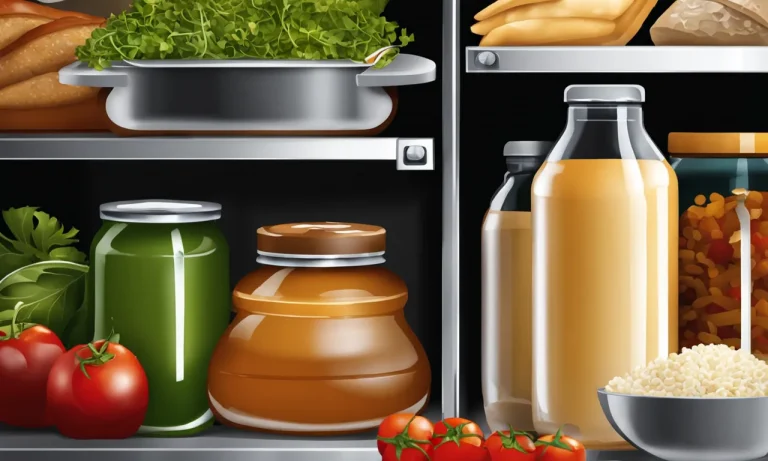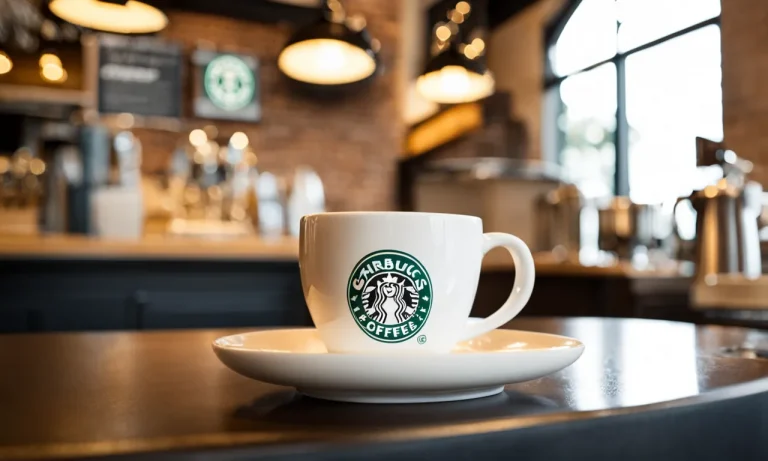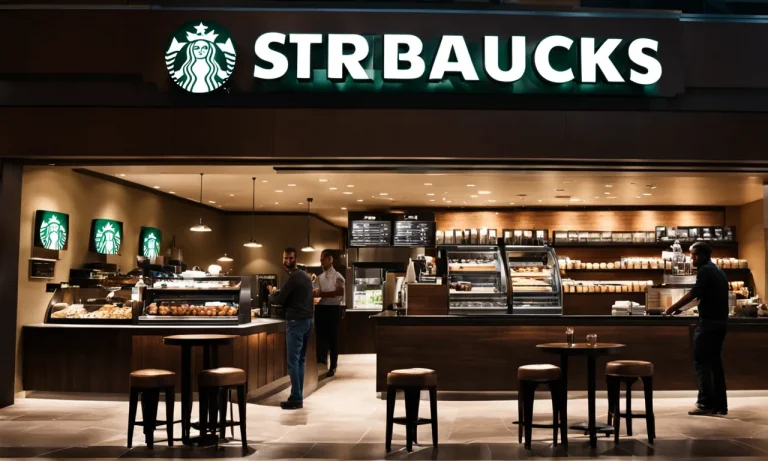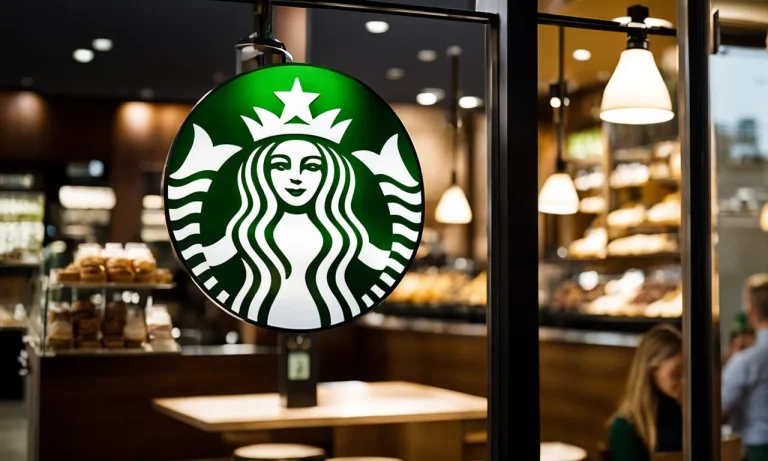If you’ve ever wondered what sets a bistro apart from a regular restaurant, you’re not alone. With an increasing number of trendy bistro-style eateries opening up, the lines between bistros and restaurants have become blurred.
If you’re short on time, here’s a quick answer to your question: A bistro is a small, casual eatery that usually serves simple, moderately priced meals in a modest setting. Restaurants typically offer a broader, more formal dining experience with a larger menu and wine list.
In this comprehensive guide, we’ll break down the key differences between bistros and restaurants so you know exactly what to expect when you walk through the doors of either establishment.
Ambiance and Service
Bistros have a cozy, laidback vibe
When it comes to ambiance, bistros are known for their cozy and laidback atmosphere. These establishments often have a smaller, more intimate setting, with dim lighting and comfortable seating. The décor is typically rustic and charming, creating a warm and inviting atmosphere for diners.
Bistros often play soft background music, adding to the relaxed and casual vibe. This type of setting is perfect for those looking to enjoy a leisurely meal with friends or loved ones, where they can take their time and savor each bite.
Restaurants offer a more formal dining experience
On the other hand, restaurants tend to offer a more formal dining experience. The décor is usually more elegant and sophisticated, with carefully chosen furnishings and exquisite artwork. The lighting is often brighter, creating a more refined and upscale atmosphere.
Restaurants may also have a larger dining area, accommodating a greater number of guests. This type of setting is ideal for special occasions or business dinners, where a more formal and upscale ambiance is desired.
Service styles differ between the two
When it comes to service, bistros and restaurants also differ in their approach. In a bistro, the service is often more relaxed and casual. The waitstaff may be dressed in more casual attire, and they tend to be friendly and approachable.
Bistro service is typically efficient but not rushed, allowing diners to enjoy a leisurely meal without feeling hurried.
In contrast, restaurants generally have a more formal and professional service style. The waitstaff is usually dressed in formal attire, and they are trained to provide impeccable service. They may have extensive knowledge about the menu and wine list, and they are skilled at anticipating the needs of their guests.
Restaurant service is often more structured and attentive, ensuring that every aspect of the dining experience is exceptional.
It’s important to note that while there are general differences between bistros and restaurants in terms of ambiance and service, there can be variations within each category. Some bistros may have a slightly more formal atmosphere, while certain restaurants may adopt a more relaxed service style.
Ultimately, the distinction between a bistro and a restaurant lies in the overall experience they aim to provide to their diners.
Menu Options
Bistros feature simple, modestly priced fare
Bistros are known for their charming and cozy atmosphere, where diners can enjoy a relaxed dining experience. One of the main differences between a bistro and a restaurant is the menu options they offer.
Bistros typically feature simple and rustic dishes that are made with fresh, locally-sourced ingredients. The focus is on creating delicious and comforting meals that are accessible to everyone. From classic French onion soup to hearty beef bourguignon, bistros excel at serving up traditional and flavorful dishes that won’t break the bank.
Restaurants offer extensive menus and upscale options
On the other hand, restaurants often have a more extensive and diverse menu compared to bistros. They cater to a wider range of tastes and preferences, offering a variety of cuisines and dishes from around the world.
Restaurants also tend to have more upscale options on their menu, such as gourmet seafood, prime cuts of steak, and elegant desserts. These establishments often prioritize presentation and culinary innovation, providing a dining experience that is both visually appealing and gastronomically exciting.
Bistros focus on lighter classics while restaurants run the gamut
While bistros focus on serving lighter classics, such as soups, salads, and sandwiches, restaurants are known for running the gamut when it comes to menu options. From appetizers to entrees and desserts, restaurants offer a wide variety of choices to cater to different cravings and dietary preferences.
Whether you’re in the mood for a hearty steak, a delicate seafood dish, or a decadent dessert, restaurants have something to satisfy every palate. It’s not uncommon to find a restaurant that specializes in a specific type of cuisine, such as Italian, Mexican, or Asian, allowing diners to explore flavors from around the world.
For more information and inspiration on bistros and restaurants, you can visit websites like Eater, Food & Wine, and Bon Appétit.
Wine Programs
When it comes to wine programs, there are distinct differences between bistros and restaurants. Both establishments offer wine to accompany their meals, but the approach and offerings can vary greatly.
Bistros have a basic, affordable wine list
Bistros typically have a more laid-back atmosphere and tend to cater to a broader audience. As a result, their wine lists often feature a selection of basic, affordable wines that appeal to a wide range of tastes.
These wines are chosen with the intention of providing a simple and enjoyable drinking experience for diners. While the options may not be as extensive or exclusive as those found in a restaurant, bistros still offer a variety of reds, whites, and rosés to complement their menu.
Restaurants invest in depth and diversity for their wine lists
Restaurants, on the other hand, place a greater emphasis on their wine programs. They recognize that wine can greatly enhance the dining experience and are willing to invest in creating a more extensive and diverse wine list.
Restaurants often collaborate with sommeliers or wine experts to curate a selection of wines that pair well with their cuisine. These lists may include a wider range of grape varieties, regions, and vintages, offering diners the opportunity to explore and discover new wines.
Additionally, restaurants may have a larger cellar or wine storage facility to allow for more aging and specialized offerings. This allows them to offer rare and premium wines that are not commonly found in bistros.
The focus is on providing a comprehensive and sophisticated wine selection that caters to wine connoisseurs and enthusiasts.
Bistros tend to be casual while restaurants cater to wine aficionados
Another difference between bistros and restaurants when it comes to wine programs is the overall atmosphere and target audience. Bistros are known for their casual and relaxed ambiance, attracting a diverse crowd of diners.
As a result, the wine list is designed to be accessible and approachable, catering to a wide range of preferences.
On the other hand, restaurants often cater to wine aficionados who have a deeper interest and knowledge in wine. They create an environment that encourages exploration and appreciation of fine wines. The wine list is carefully curated to offer a selection that complements the menu and provides a memorable experience for wine enthusiasts.
Operating Hours
Bistros have shorter, limited hours
Bistros are known for their cozy and intimate atmosphere, and part of that charm comes from their limited operating hours. Unlike restaurants that are often open for breakfast, lunch, and dinner, bistros typically have shorter hours and focus on serving meals during specific times of the day.
Most bistros open their doors in the late morning and close in the early evening. This allows them to cater to the lunch and dinner crowd, providing a relaxed and unhurried dining experience. Some bistros may even close for a few hours in the afternoon to prepare for the evening service.
The limited operating hours of bistros can be seen as an advantage for those looking for a unique dining experience. It creates a sense of exclusivity and encourages patrons to make reservations in advance to secure a table during the limited hours of operation.
Restaurants often serve meals throughout the day and night
Unlike bistros, restaurants are known for their flexibility in operating hours. Many restaurants open early in the morning to serve breakfast and continue serving meals throughout the day and into the late evening.
Restaurants cater to a wide range of customers, including those seeking breakfast, brunch, lunch, dinner, or even a late-night meal. This extended operating schedule allows people to enjoy a meal at their convenience, whether it’s a quick bite during their lunch break or a leisurely dinner with friends and family.
Restaurants often have a larger staff and a more extensive menu, which enables them to accommodate a variety of dining preferences and dietary restrictions. This flexibility in operating hours and menu options makes restaurants a popular choice for diners looking for convenience and a wide range of culinary choices.
According to a study conducted by the National Restaurant Association, 67% of Americans dine out at least once a week, and the majority of these meals are consumed at restaurants that offer extended operating hours.
Location and Size
Bistros are small eateries found in relaxed neighborhoods
Bistros are typically characterized by their cozy and intimate atmosphere. They are often found in charming neighborhoods, away from the hustle and bustle of busy city centers. These eateries are known for their casual and laid-back vibe, making them the perfect spot for a relaxed meal or a catch-up with friends.
Bistros are usually smaller in size compared to restaurants, with limited seating options. This creates a more intimate setting where customers can enjoy a sense of community and familiarity.
Restaurants vary greatly in size and location
Unlike bistros, restaurants come in all shapes and sizes. They can be found in a variety of locations, ranging from city centers to suburban areas. Restaurants can be small and cozy, similar to a bistro, or they can be large and grand, able to accommodate a large number of guests.
The size and location of a restaurant often depend on the target audience and the type of cuisine they offer.
Some restaurants may have multiple branches spread across different cities or even countries, while others may be standalone establishments. The location and size of a restaurant can greatly impact the overall dining experience.
For example, a restaurant with a scenic view may offer a more memorable dining experience, while a larger restaurant may be able to host events or cater to larger groups.
It’s important to note that while bistros and restaurants differ in terms of size and location, both can offer delicious food and a unique dining experience. Whether you’re in the mood for a cozy meal in a neighborhood bistro or a grand dining experience at a restaurant, both options have their own charm and appeal.
Conclusion
While there’s some overlap, bistros and restaurants ultimately offer different experiences. Bistros provide a low-key, affordable neighborhood meal, while restaurants aim to deliver a broader, upmarket dining experience with polished service and amenities.
The next time you’re looking for either a casual bite or a special night out, you’ll know whether a trendy little bistro or white-tablecloth restaurant is a better match for the occasion.






